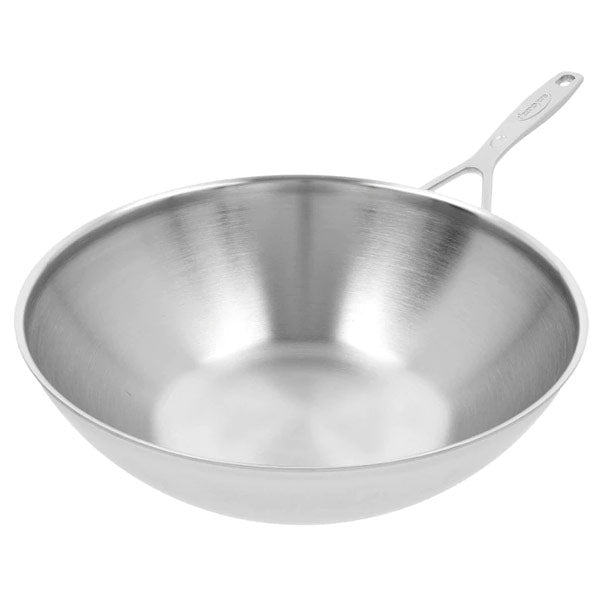Jed Grieve - Oct 18 2022
How much should you spend on cookware?

Now, I'll be clear: I sell cookware so the more you spend the more I make. Simple, right? Not really. Over the years I've learned that the only way to secure a long term income from a small business is to sell my customers what they need, no more, no less.
But what do you need? That's the tough part to clearly understand when buying cookware. We all have expectations and budgets in mind when we buy anything and sometimes the budget is flexable and sometimes not. How do you get the best bang for your buck?
What type of cookware are you looking for?
Generally, there are 2 types of cookware on the market. Non-stick, and everything else. Why do I segment the market like this? Here's the deal.
Non-stick cookware will become garbage. All of it, every single piece. There isn't a brand made that will last very long. I go into detail in these videos:
https://youtu.be/JEgP60XlQtg
https://youtu.be/2NOZwyiNSZg
https://youtu.be/wV656uOaH0g
Non-stick cookware will not last and will become garbage.
So now that I've been clear about non-stick cookware, where does that leave us? The great majority of cookware on the market is stainless steel and some form of iron cookware. But what does that mean?
To start, have a watch of this video:
https://youtu.be/lGH9DzNozoU
In the video I explain and show you the differences of stainless vs cast iron but let me summarize.
Stainless steel
When someone speaks of stainless steel cookware they're referring to the part you see, the outer shell. The part that does the work is either in the stainless pan or stuck to the bottom.
For the most part, aluminum is used as the conductive material. This means that aluminum is in the 'core' of the pan. The easiest way to make this is to apply a disc to the bottom of the stainless body. Usually this is how less expensive cookware is made but this does not mean that it's poor quality.
The other way to make stainless cookware is to form layers of metals, with stainless steel on the outsides. This is called 'clad cookware'. Once the metals have been connected, under extreme force, they're shaped into the various cookware shapes. You can find clad cookware in 3, 5 and 7 ply. The more material the more control you have.
As I referred to above, neither one of these methods is better than the other by default. They can both use high quality materials and high precision craftsmanship to produce exceptional cookware, or not. Generally, less expensive stainless cookware has a disc on the bottom as it's a simple way to make cookware, which makes it cheaper.
Clad cookware has been the benchmark of high quality cookware for over 50 years due to the refined look.
I'd like to be perfectly clear that you do not get better qualify cookware just because it's clad. No matter how it's made, the type of materials, the quality, and the thickness of the materials matter the most. Weight is one of the most important factors when choosing cookware. As a general rule, buy the heaviest you feel comfortable to lift, with food in it!
Iron Cookware
Iron cookware is just that, anything made from iron. This can include raw iron, carbon steel (rolled iron), and enameled cast iron which is raw iron with a protective glass glaze.
These 3 have their places in any cookware collection.
Raw Cast Iron
Raw cast iron is synonymous with American cookware. It was popularized over 200 years ago and was the main cookware in most homes up until the 50's (when non-stick completely took over). Cast Iron cookware is probably the most durable and versatile cookware made. You could argue that a piece of Cast Iron cookware could last forever.
Today, it comes in a wide range of qualities but the cookware of the 1900's that made cast iron famous is no longer available at just any hardware or department store.
Like most cookware, you can find cheaply made cast iron from places like India and China (this is what you will find at your local hardware or department store). Fortunately, hand finished high quality cast iron is once again being made in America but it comes at a much higher price and is not widely available in most countries.
Maintenance and longevity are similar with whatever cast iron you buy and some people argue that mid priced cast works as well as high-end. The advantage to investing in high end cast iron is workmanship, like those of the 1900's. There are now several companies making exceptional cast iron skillets and cookware. We're fortunate to carry Field and Stargazer but I also admire Finex, Smithy, and Butterpat.
All of these top brands finish their inner surfaces to a point that you can easily maintain carbon build up and keep the pan non-stick. They do an amazing job at hand finishing which makes each piece a work of art.
As I stated, you can get great cast iron cookware for a fairly low price, like Lodge, but being that cast iron cookware will last so long I highly recommend spending on a piece that you will be proud to pass down.
Carbon Steel
When people come to us looking to replace their non-stick cookware, carbon steel is the first pan we suggest. It's because, generally, the pan is shaped like a regular splayed pan with a longer handle and they are lighter than cast iron.
Carbon Steel Frying Pans heat up faster and cool faster, more like an aluminum pan. They take the same knowledge and maintenance to care for but generally carbon steel makes an excellent pan for non-stick results, like for cooking eggs.

But what to buy?
My advise for buying cookware is:
1: Buy heavy cookware. Not all of it has to be crazy heavy but generally the heavier the pan the better the cooking result will be. Heavy cookware slows the process down giving you more time to focus on your results.
2: Spend on the pieces you will use the most. Don't be afraid of mixing up your cookware set. Example: buy a cheap pasta pot and spend on a great skillet.
3. Look for used. Modern cast iron is not much better than they made 100 years ago so go raid your mom's kitchen for her mom's pans!
4. Never buy non-stick. It will wear out and become garbage. With a small amount of practice you can use an iron pan as well as non-stock pan.
5. Mixing materials is a great idea. All of the pans I've mentioned here have their place in any kitchen. Look for sales and buy 1 piece at a time over a few years,
6. Sets are great value but only if you use all the pieces. Look at point 5 for the most economical way to buy cookware.
AND, I have a few videos that should help you make sense of what to buy.
Lodge vs Stargazer (Low vs High): https://youtu.be/U_Y2oGitD1g
We're here to help
I like to think of us as cookware professionals and I promise that we'll do our best to help you buy the best cookware for you. We don't sell everything so we're happy to make recommendations to other retailers and brands as long as you get what you need.
Please reach out with any questions
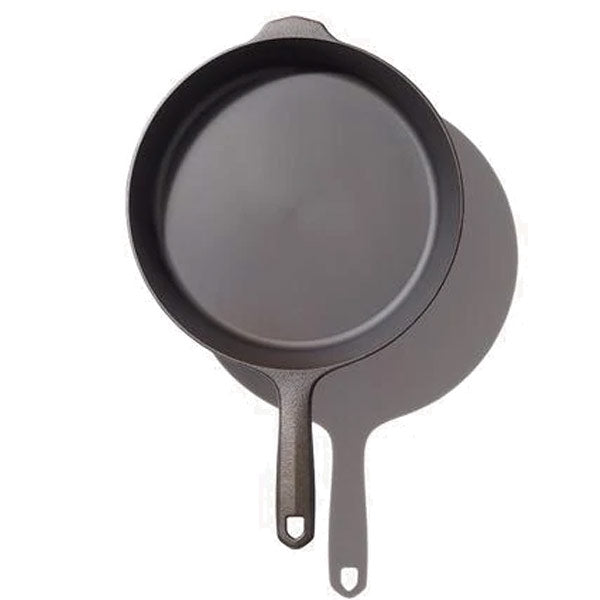
Field Cast Iron
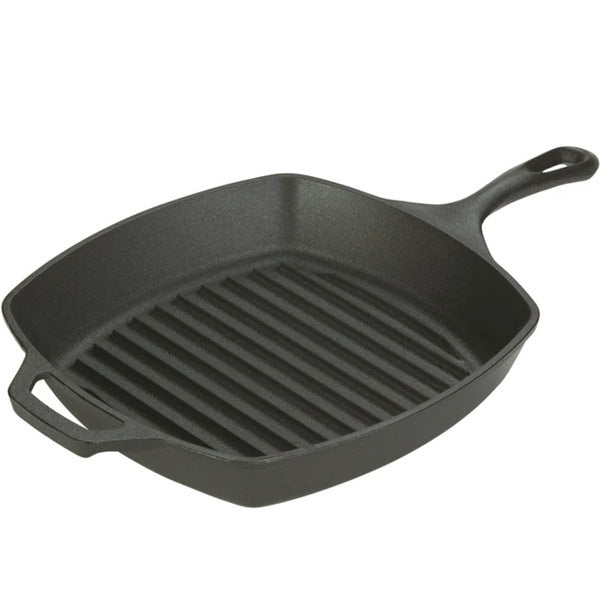
Lodge Cast Iron
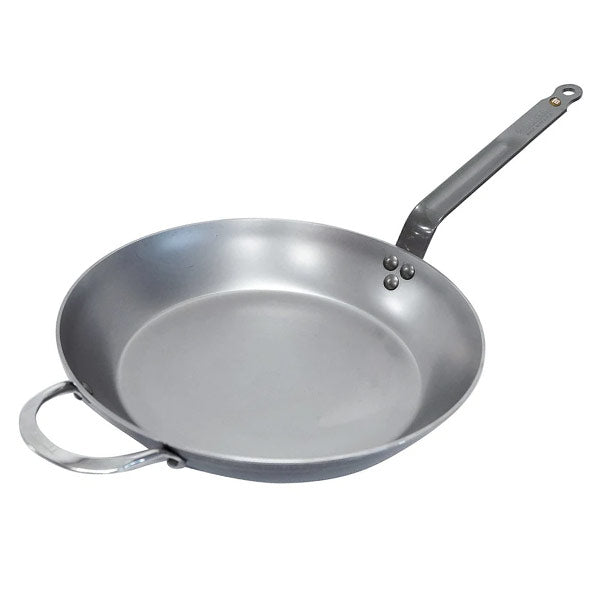
Mineral B
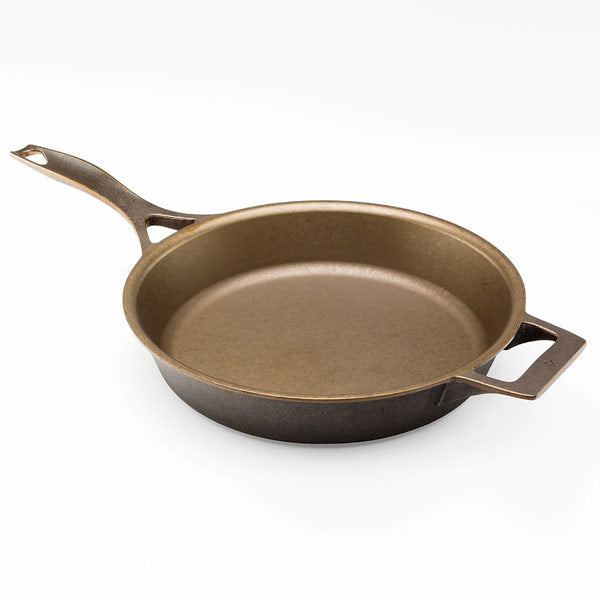
Stargazer Cast Iron Cookware
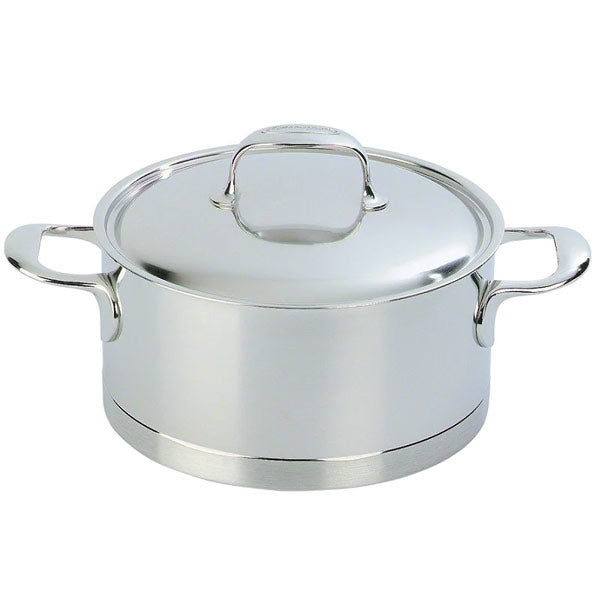
Demeyere Atlantis Cookware
